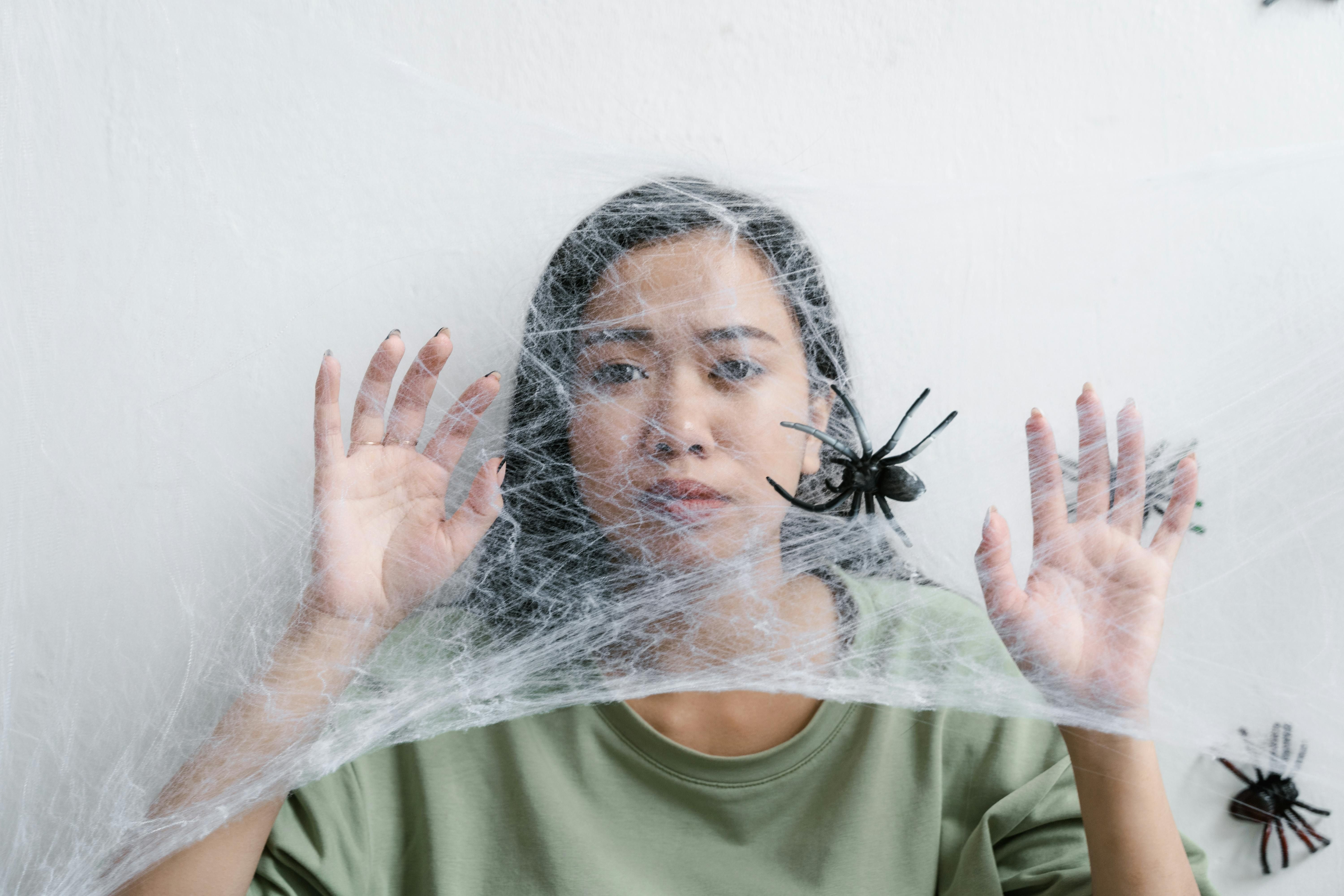Phobias and Fears
Fear is a natural response to danger, helping us stay alert and safe. But when fear becomes overwhelming, irrational, and interferes with daily life, it may be a phobia.
Many people confuse common fears with phobias, but they are not the same. While a fear of heights might make you nervous on a rooftop, a phobia of heights (acrophobia) could cause intense panic even at the thought of climbing stairs.
Considering the significant public interest in understanding and addressing various phobias, we’ve put together this informative article to explore different kinds of fears—both common and uncommon. More importantly, you'll learn how to cope with and manage your fears.
What is a Phobia?
A phobia is an abnormal or irrational fear of something, triggered by exposure to that fear. It is classified as an anxiety disorder because it can cause intense distress and even interfere with daily life. It is characterized by panic attack, irregular breathing,
According to the American Psychological Association (APA) and the World Health Organization (WHO), phobias are among the most common mental health conditions. They often develop from past experiences, learned behaviors, or even genetic factors.
Common Types of Phobia
• Agoraphobia (Fear of Open or Crowded Spaces)
People with agoraphobia avoid large, open areas or crowded places because they fear they won’t be able to escape if something goes wrong.
• Claustrophobia (Fear of Enclosed Spaces)
Someone with claustrophobia cannot stay in small, tight spaces like elevators or windowless rooms.

• Philophobia (Fear of Love)
Some people run away from love, believing they don’t deserve it. This can stem from past heartbreaks or deep-seated fears of emotional vulnerability.
• Glossophobia (Fear of Public Speaking)
Many people fall into this category. They avoid speaking in front of an audience, even in small groups, despite having intelligent contributions to share.
• Gamophobia (Fear of Marriage)
Not everyone has the courage to say “I do.” People with gamophobia have an intense fear of commitment and the idea of being legally or emotionally bound to another person.
• Hemophobia (Fear of Blood)
If you get dizzy or nauseous at the sight of blood, you’re not alone—this fear is more common than you might think.
• Trypanophobia (Fear of Needles or Injections)
Some people avoid hospitals altogether just to escape the fear of getting an injection.
• Globophobia (Fear of Balloons)
Yes, balloons! The sound of balloons popping can be terrifying for some people, triggering anxiety and avoidance.
• Acrophobia (Fear of Heights)
While some see climbing mountains or standing on a rooftop as an adventure, those with acrophobia feel intense panic at high altitudes.
• Astraphobia (Fear of Thunder and Lightning)
A stormy night might be cozy for some, but for others, the sound of thunder is enough to send them hiding under a blanket.

• Zoophobia (Fear of Animals or Insects)
Ever met someone who screams at the sight of a cockroach or runs from a butterfly? That’s zoophobia in action.
• Aviophobia (Fear of Flying)
Airplanes are one of the safest modes of transportation, but for those with aviophobia, even the thought of boarding a plane causes severe anxiety.
Let’s check some uncommon or rare phobias that are still relatively well-known:
1. Trypophobia
This is the fear of clusters of small holes, such as those found in honeycombs or coral. It typically evokes feelings of discomfort or disgust rather than outright panic.
2. Coulrophobia
This refers to the fear of clowns. Many people link clowns to horror films making it a well-known yet uncommon phobia.
3. Nomophobia
This is the fear of being without a mobile phone. With the rise of smartphones and our growing reliance on technology, this modern phobia has become increasingly prevalent.
4. Thalassophobia
This is the fear of deep bodies of water. Some individuals experience intense anxiety at the mere thought of vast, unknown ocean depths or the creatures that might be lurking below.
5. Emetophobia
This is the fear of vomiting. It can lead to significant avoidance of certain foods, social situations, or even necessary medical treatments.
Managing and Overcoming Phobias
These phobias can negatively impact a person's overall well-being if not taken seriously.
The good news is that phobias can be managed and often overcome.
Self-help strategies can be helpful in managing phobias.
These include gradually facing your fears instead of avoiding them, educating yourself to better understand your phobia, and using positive affirmations like 'I am in control of my fears.'
However, seeking professional assistance is often the most effective approach for lasting results
When to Seek Help
If these articles resonate with you, don't wait until things worsen.
It's crucial to recognize when your fear starts to interfere with your daily life, relationships, or overall well-being.
If your phobia leads you to avoid situations essential for work, school, or social interactions, it may be time to seek professional help.

Furthermore, if your anxiety becomes overwhelming or results in panic attacks, reaching out to a therapist can guide you toward effective treatment.
The Role of Therapy in Treating Phobias
Therapy is vital in assisting individuals to overcome their phobias.
The main objective of therapy is to help patients confront their fears in a safe and controlled environment while developing healthier coping mechanisms.
1. Identifying the Root Cause
A therapist will collaborate with you to uncover the root causes of your phobia. This process often includes examining past experiences, identifying triggers, and recognizing patterns that have contributed to your fear.
2. Determining the most effective treatment
A therapist can evaluate each person's specific circumstances and identify the best approach, whether it's Cognitive Behavioral Therapy (CBT), Exposure Therapy, or another technique, to effectively address the issue.
3. Building Coping Mechanisms
Therapy assists individuals in developing effective coping strategies, including relaxation techniques, deep breathing exercises, and mindfulness practices, to help manage anxiety when faced with phobia triggers.
4. The end result is an increase in your self-confidence.
Conclusion
Phobias can be daunting, but with the right approach, they are manageable. Taking that initial step can mark the start of a transformative journey toward healing and tranquility.
As always, finding a certified therapist is easy with us.
We’ve also included a step-by-step guide to assist you in booking your first session.
